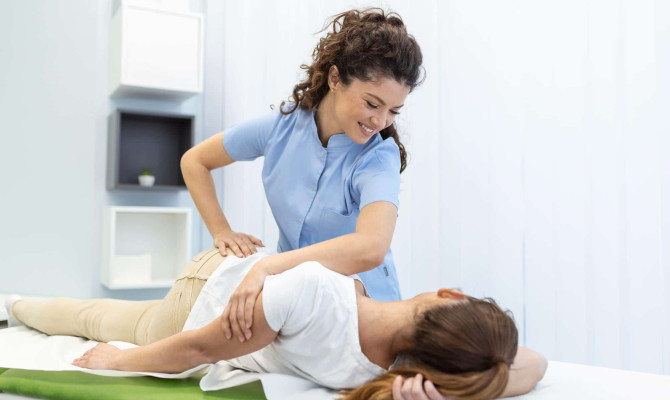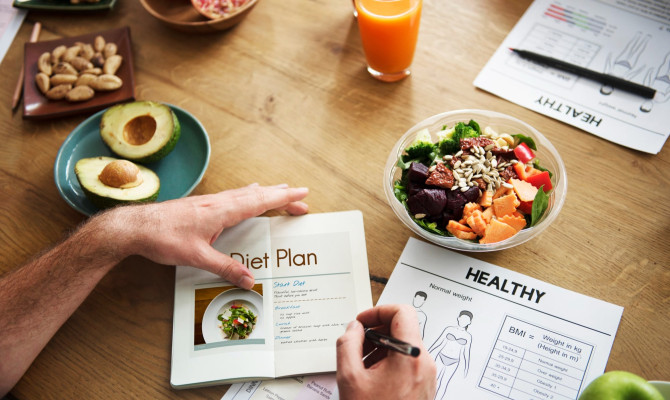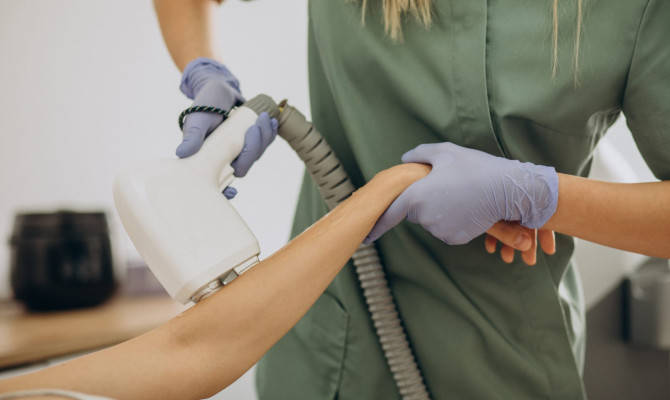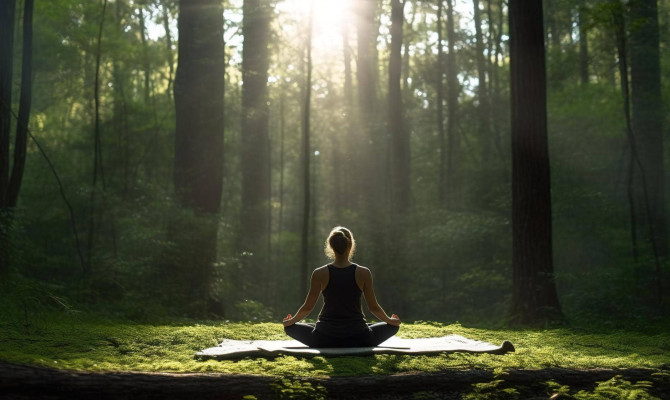Lactic Acid Peel : Benefits, Side Effects & Disadvantages

- Chemical Peel
- 20 Sep 2023
Introduction
Chemical Peel
Chemical peeling is applying a chemical solution to the skin and inducing controlled destruction of the epidermis. Chemical peeling is also called chemical exfoliation or chemexfoliation. It is a technique for skin resurfacing. This results in skin regeneration and remodeling. Numerous skin diseases, including acne vulgaris, damage from sunlight, pigmentation disorders, and scars, can be treated with chemical peels. A chemical peel is also often used by dermatologists and plastic surgeons as a restorative or cosmetic treatment to improve the look, either by itself or in combination with different techniques, such as laser or dermabrasion.5Introduction| Researched based study from National Library of Medicine
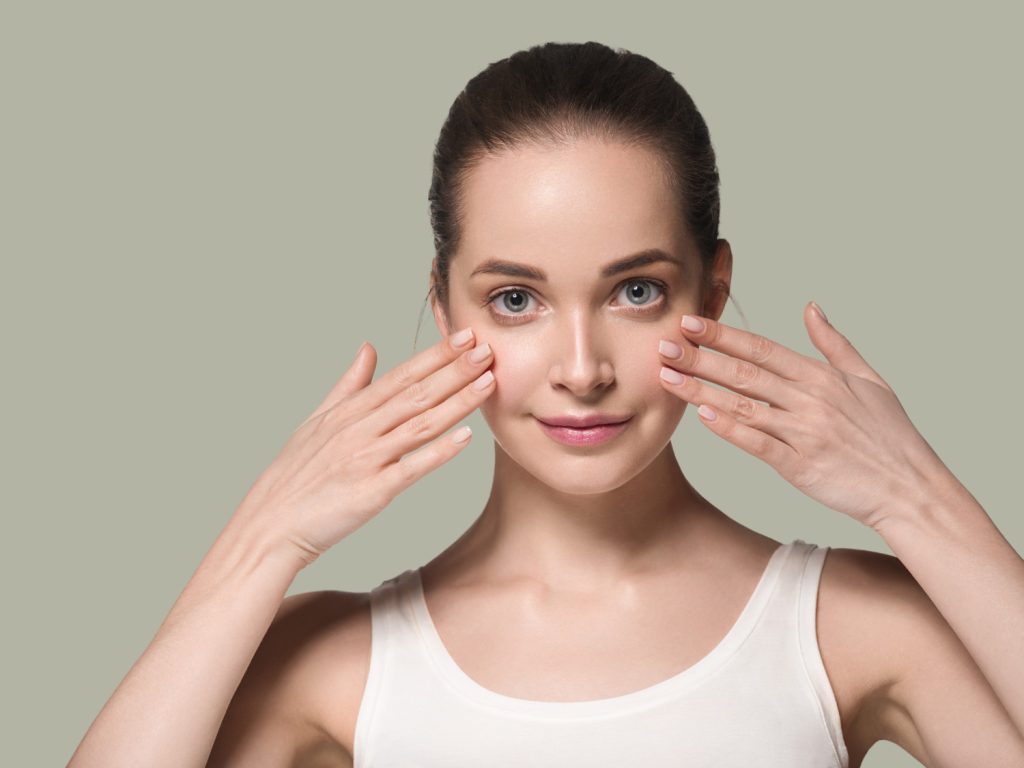
Chemical Peel Types
Chemical Peel Types
Choosing a Chemical Peel
Depending on the issues you would like the procedure to address, you can choose the chemical peel in either of the three categories.
Simple Chemical Peel:
- A mild (superficial) chemical peel is used to remove the epidermis or skin’s outer layer.
- It is used to treat acne, fine lines and wrinkles, dryness of the skin, and uneven skin tone.
Moderate Chemical Peel:
- Skin cells in the epidermis and some of the top dermis layers of your skin are removed with a medium chemical peel.
- It can be used to address lines and wrinkles, irregular skin tone, and acne-related scarring.
Deep Chemical Peel:
- This procedure eliminates even more skin cells.
- The doctor could recommend one if you have more serious lines and wrinkles, scarring, or precancerous growths.
- You will not be required to take any more measures in order to get the desired outcomes.2Chemical Peel Types| Researched based study from Mayo Clinic
Lactic Acid Peel
What does Lactic Acid Peel do for Skin?
- One of the most often used alpha hydroxy acids is lactic acid. It is frequently found in over-the-counter skin care products. Dairy products naturally contain lactic acid.
- AHAs, including lactic acid and glycolic acid, are important, as the mechanisms of action and signs of AHAs are well known.
- For skin moisturization, wrinkles and pigmentation reduction, and chemical peeling, AHAs are recommended for use in several over-the-counter and dermatologist cosmetic and medicinal treatments.
- Lactic acid has lately come to light as a safer alternative to glycolic acid without sacrificing effectiveness. Despite having an extra methyl group lactic acid is structurally comparable to glycolic acid.
- Therefore, lactic acid’s lower pH indicates that it must be used at considerably lower concentrations than glycolic acid in order to achieve similar effectiveness, that lactic acid does not need to be neutralized, and that its recovery process is short.5Lactic Acid Peel| Researched based study from National Library of Medicine
Benefits
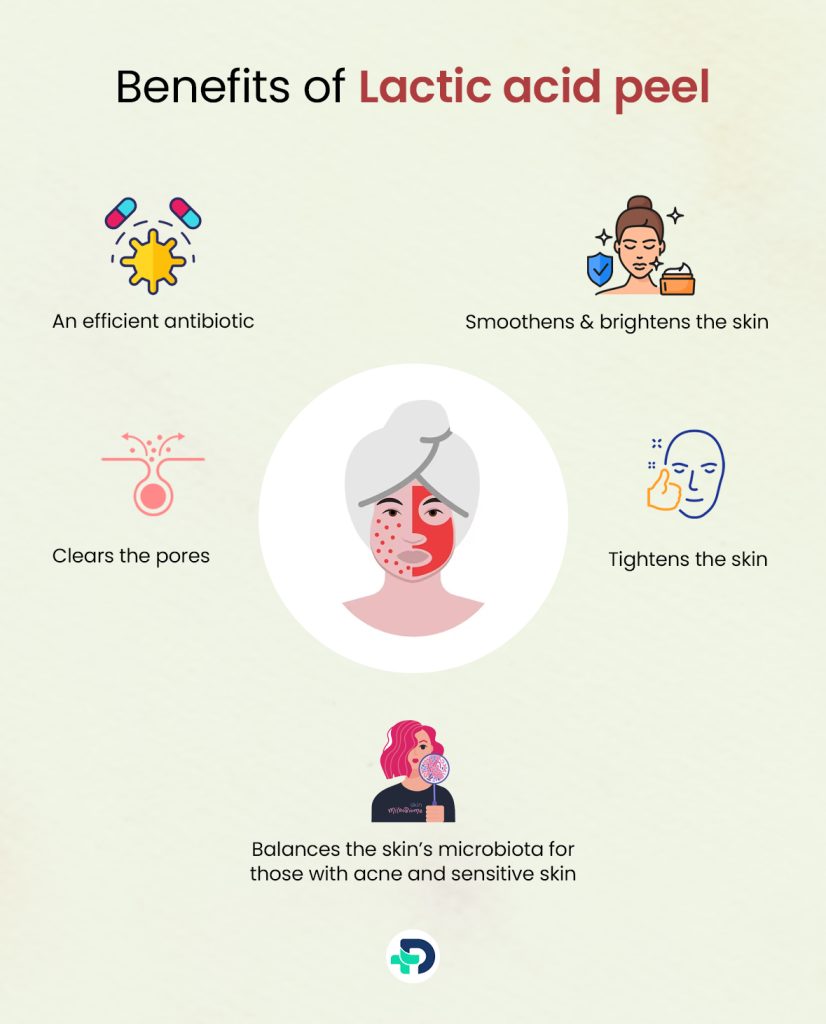
Benefits of Lactic Acid Peel
- Tightens the skin
- Clears the pores
- Smoothens and brightens the skin
- An efficient antibiotic
- Balances the skin’s microbiota for those with acne and sensitive skin 8 Benefits| Researched based study from Food and Drug Administration
How often should you do a lactic acid peel?
- The ideal frequency of application for lactic acid skin peels obviously relies on the concentration.
- This chemical can be used frequently compared to harsher acids like glycolic or salicylic acid even if it is not as irritating as other acids.
- Using excessively at once can cause chemical burns, rashes, inflammation, and irritation. 7 Benefits| Researched based study from Surgical and Cosmetic Dermatology
Does lactic acid peel lighten skin?
- Lactic acid for hyperpigmentation: In the treatment of hyperpigmentation, a full-strength lactic acid solution had been found to be a reliable and secure peeling agent.
- In order to give the skin a nice aesthetic look, the method of action involves removing the epidermis up to the papillary dermis and reconstructing the skin.
- Lactic acid has shown equal effectiveness in treating photodamage, and superficial hyperpigmentation. 1Benefits| Researched based study from National Library of Medicine
Lactic Acid Peel for Acne Scars
- Alpha and beta hydroxyl acids have both been used in chemical peeling to lessen the pigmentation of acne scars.
- It improved the skin’s texture, color, and look, and scars became lighter.4Benefits| Researched based study from National Library of Medicine
Disadvantages
Disadvantages of Lactic Acid Peel
- Depending on the condition of your skin type, there is a potential that the color of your skin might alter either momentarily or permanently.
- Your likelihood of having abnormal pigmentation may rise if you take birth control, are pregnant, or have a family that has had brown discoloration on the face.
- Additionally, some areas of the face are less likely to scar than others, and some persons may scar more easily than others.
- There is a slight possibility that the cold sore will return if you have previously experienced herpes outbreaks. 3Disadvantages| Researched based study from Cleveland Clinic
Precautions
Precautions for Lactic Acid Peel
- Pre-peel measures to be taken involve determining the patients at risk through a thorough history and examination, in order to prevent problems.
- It is crucial to properly prep the skin for at least two to four weeks before the peel.
- Depigmenting treatments like hydroquinone or retinoic acid are used as well as sunscreen to protect the skin.
- One week before the peel, the patient should be told not to bleach, wax, scrub, massage, use scrubs, or schedule any significant events, and three days prior to the peel, they should cease taking retinoids.9 Precautions| Researched based study from National Library of Medicine
Side Effects
Side Effects of Lactic Acid Peel
- Burning sensation
- Eczema or rash
- Edema
- Changes in pigmentation
- Boils or welts
- Peeling of the skin
- Stinging
- Irritation or discomfort
- Burns
- Sunburn 8Side Effects| Researched based study from Food and Drug Administration
Glycolic vs Lactic Acid
Which is better Glycolic Acid or Lactic Acid Peel?
Glycolic acid peel:
- Alpha hydroxy acid (AHA) is a type of natural acid that is generated from sugarcane. It is well known for having tiny molecules, which allow it to enter the skin thoroughly.
- Most skin types can benefit from glycolic acid peels, especially those wanting enhanced texture, light exfoliation, and a decrease in wrinkles and fine lines. They are effective for those with regular to dry skin.
Problems Addressed:
Skin Appearance
- The outermost layer of skin is effectively removed by glycolic acid peels, leaving behind a softer, smoother texture.
Hyperpigmentation
- Glycolic acid evens out skin tone and lessens dark patches by promoting cell turnover.
Wrinkles and Fine Lines
- The peel’s exfoliating qualities reduce the appearance of wrinkles and fine lines, giving the skin a younger appearance. 6 Glycolic vs. Lactic acid| Researched based study from Yashoda Super Specialty Hospital
Lactic acid peel:
- Another alpha hydroxy acid (AHA) generated from milk is lactic acid. It is a great substitute for glycolic acid since it is kinder to delicate skin.
- Lactic acid peels are the best for people with sensitive or dry skin. They are also advised for people looking for a kinder exfoliation.
Problems Addressed:
Provide Hydration
- Lactic acid peels are excellent for relieving dryness and boosting hydration since they mildly exfoliate the skin while also hydrating it.
Fights Hyperpigmentation
- Lactic acid works to reduce hyperpigmentation by dissolving melanin clumps, resulting in a more even and luminous skin.
Helps with Uneven Skin Tone
- The lactic acid peeling procedure is a great option for attaining a smoother and more even appearance because it helps to enhance skin tone and texture.6 Glycolic vs. Lactic acid| Researched based study from Yashoda Super Specialty Hospital
FAQs
Lactic Acid Peel-Frequently Asked Questions
Can I wash my face after a Lactic Acid Peel?
- You should use a light soap or non-soap cleanser during the first several days after a peel.
- Use topical antibiotic ointment if there is crusting to avoid bacterial infection and speed up wound healing. 9 FAQs| Researched based study from National Library of Medicine
What should I avoid after Lactic Acid Peel?
- Patients need to be sternly reminded not to pick, peel, scrape, rub, or scrub their skin.
- While the desquamation process is still ongoing, the use of glycolic acid and retinoids must be avoided.
- The usage of broad-spectrum sunscreen must be strictly adhered to and exposure to the sun should be avoided.
- For stinging, calamine lotion with a moisturizing basis can be used.
- Patients should be made aware of the signs of problems, such as extreme redness, swelling, burning, discomfort, crusts, seeping, pus development, or blisters, and should be instructed to report them right away so that urgent preventative measures may be performed. 9FAQs| Researched based study from National Library of Medicine
Takeaway
Takeaway Points for Chemical Peel
Chemical peeling is a straightforward, risk-free, and economical office treatment. Peel problems are possible, although they are quite uncommon in skilled hands. Chemical peel issues can be reduced to a minimum with a thorough awareness of the procedure and the hazards involved, effective patient counseling and education, and execution of peels with all necessary safety procedures. 9Takeaway| Researched based study from National Library of Medicine
Any feedback on this article?
 This Articles content was accurate
This Articles content was accurate Very Informative Article
Very Informative Article I have a question or a comment
I have a question or a comment
 This article contains inaccurate content
This article contains inaccurate content This article was not helpful
This article was not helpful I have a question or a comment
I have a question or a comment
We appreciate your helpful feedback!
Checkout our social pages
References
-
National Library of Medicine
Benefits
-
Mayo Clinic
Chemical Peel Types
-
Cleveland Clinic
Disadvantages
-
National Library of Medicine
Benefits
-
National Library of Medicine
Introduction | Lactic Acid Peel
-
Yashoda Super Specialty Hospital
Glycolic vs. Lactic acid
-
Surgical and Cosmetic Dermatology
Benefits
-
Food and Drug Administration
Benefits | Side Effects
-
National Library of Medicine
FAQs | Precautions | Takeaway













